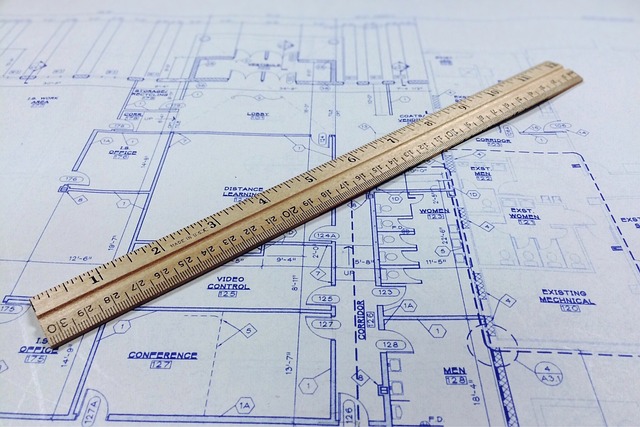Maximum Occupancy Levels for Fire Safety Compliance
Ensuring Safety Through Compliance
At DDS International, we understand that fire safety is paramount in every building. Our mission is to provide expert guidance on achieving maximum occupancy levels while adhering to the stringent requirements set forth in Building Regulations Approved Document B. Our comprehensive services focus on ensuring safety without compromising functionality or comfort.
How DDS International Can Help
Our dedicated team of fire safety consultants and engineers is committed to supporting you every step of the way, ensuring that your building remains compliant with fire safety regulations while optimising its usage. We aim to take the stress out of compliance, offering professional services that are tailored to your building’s unique needs.
- Expert Consultation: Our experienced consultants provide tailored guidance on fire safety regulations, ensuring your building meets all necessary codes and requirements, including occupancy levels and emergency evacuation plans.
- Comprehensive Reports: We deliver concise, detailed reports outlining your building’s compliance with Approved Document B, including practical recommendations for maximising safety while maintaining functionality.
- Tailored Solutions for Changing Needs: Whether you’re planning a renovation, change of use, or an event, we offer expert advice to ensure fire safety compliance remains intact throughout transitions.
- Ongoing Operational Support: We provide continued support through fire safety risk assessments, drills, and training, ensuring your building stays compliant and safe as it evolves.
Contact Us
Understanding Building Regulations Approved Document B
Approved Document B outlines the regulations that govern fire safety within buildings, detailing the necessary provisions to ensure the safety of occupants in the event of a fire. A critical aspect of this document is Table D1, which presents floor space factors vital for calculating maximum occupancy levels.
The Importance of Maximum Occupancy Levels
Establishing the correct maximum occupancy levels for your building is crucial for protecting lives and ensuring a safe environment. Factors such as building type, usage, layout, and means of escape play a substantial role in determining these levels.
Key Considerations:
 Floor Space Factors
Floor Space Factors
Table D1 provides a guideline for maximum occupancy based on the usable floor space and the purpose of the building. Our experts help interpret these factors accurately.
Means of Escape
The design and layout of escape routes are critical for occupant safety during emergencies. We assess existing and proposed means of escape to ensure they meet the requirements set forth in the regulations, including widths, exit signs, and emergency lighting strategies.
Risk Assessments
We conduct detailed fire risk assessments to identify potential hazards and areas of improvement in your building design. Our team works diligently to implement solutions that enhance the safety and comfort of all occupants.
Overall, fire alarm cause and effect reports play a crucial role in ensuring the safety and compliance of buildings in the UK, as well as helping to reduce the risk of false alarms and improve the overall efficiency of fire alarm systems.
Conclusion
Maximising occupancy levels while complying with fire safety regulations is a crucial element of responsible building management. At DDS International, we prioritise your safety and satisfaction by providing expert services tailored to meet the requirements of Building Regulations Approved Document B.
Our goal is to ensure that every occupant can feel secure in their environment, knowing that their safety has been carefully considered through comprehensive planning and diligent execution.

 Floor Space Factors
Floor Space Factors
Comments are closed.